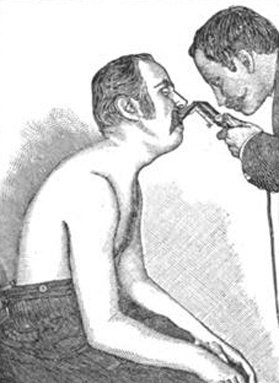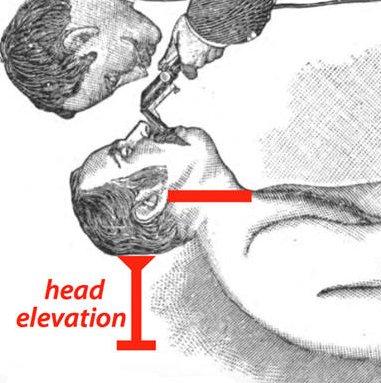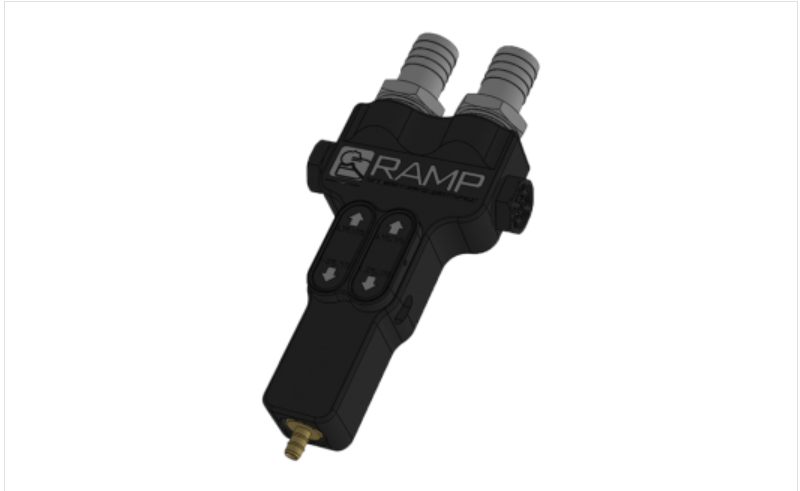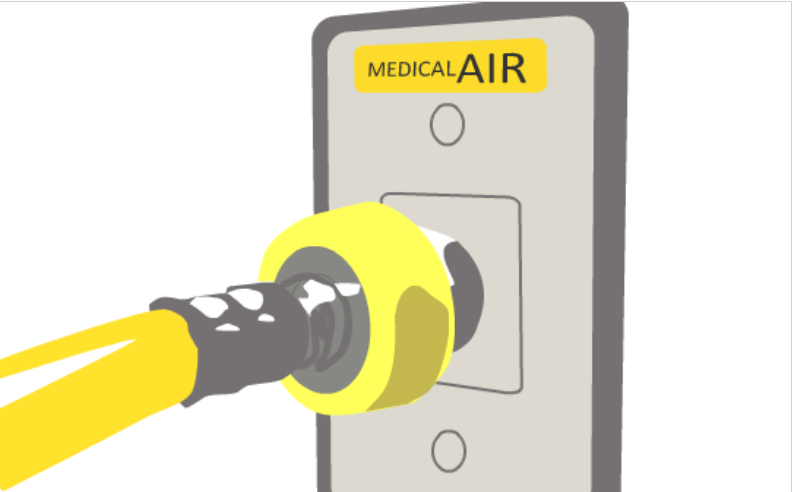What’s old is made new again.
The RAMP is THE innovative solution to patient positioning and airway management.

Alfred Kirstein, MD: Autoscopy of the Larynx and Trachea, 1897

PPS is on target with this innovative solution for airway management.
Rapid Airway Management Positioner™ - also known as the “RAMP” - is an FDA registered, cost-effective, single patient use, inflatable positioning device to facilitate endotracheal intubation and provide a customized view of the laryngeal anatomy.
Why RAMP?
-
Customized ramping using our air assistive solution replaces stacks of linen and static foam wedges. Can be achieved effortlessly in 30 seconds, regardless of body habitus.
-
Ramping decreases the risk for aspiration and makes mask ventilation easier and more effective. Prolongs the safe apnea period.
-
The RAMP achieves ear to sternal notch position and the proper sniffing position effortlessly, for any body habitus. Ideal for difficult airways.
Proprietary, patent pending design ensures patient stability and mitigates rocking. Material has been biocompatibility tested to the ISO 10993 standard.
Proprietary, fully adjustable dual chambered design to achieve a customized view of the laryngeal anatomy.
The RAMP system is controlled by a machined aluminium hand controller that utilizes hospital air.
Controller Benefits
utilizes hospital air
allows for independent control (inflation and deflation) of each RAMP chamber
machined aluminium construction - no plastic!
nicely textured to eliminate sharp edges
rocker valves mechanically protected by the housing to prevent inadvertent activation
engineered and manufactured in Germany
Clinical Advantages
Safe
Can be rapidly implemented at any time during the perioperative period and during extubation.
Single-Use
Eliminates risk of cross contamination. Saves cleanup time.
Fast
Positioning can be achieved quickly. In some cases, this can be the decisive feature.
Portable
Small-hand controller uses medical air. No bulky control systems.
Economic Advantages
Cost of Use
Costs comparable to using blankets and existing foam based solutions.
Mitigates Injuries
The risk of work related injuries is largely minimized. Health care professionals do not need to lift/handle obese patients.
Smaller Footprint
Single use product, individually packaged. No need to store or handle bulky foam based solutions.
Lower Shipping Fees
Compact packaging and a slender profile means more economical shipping costs.



